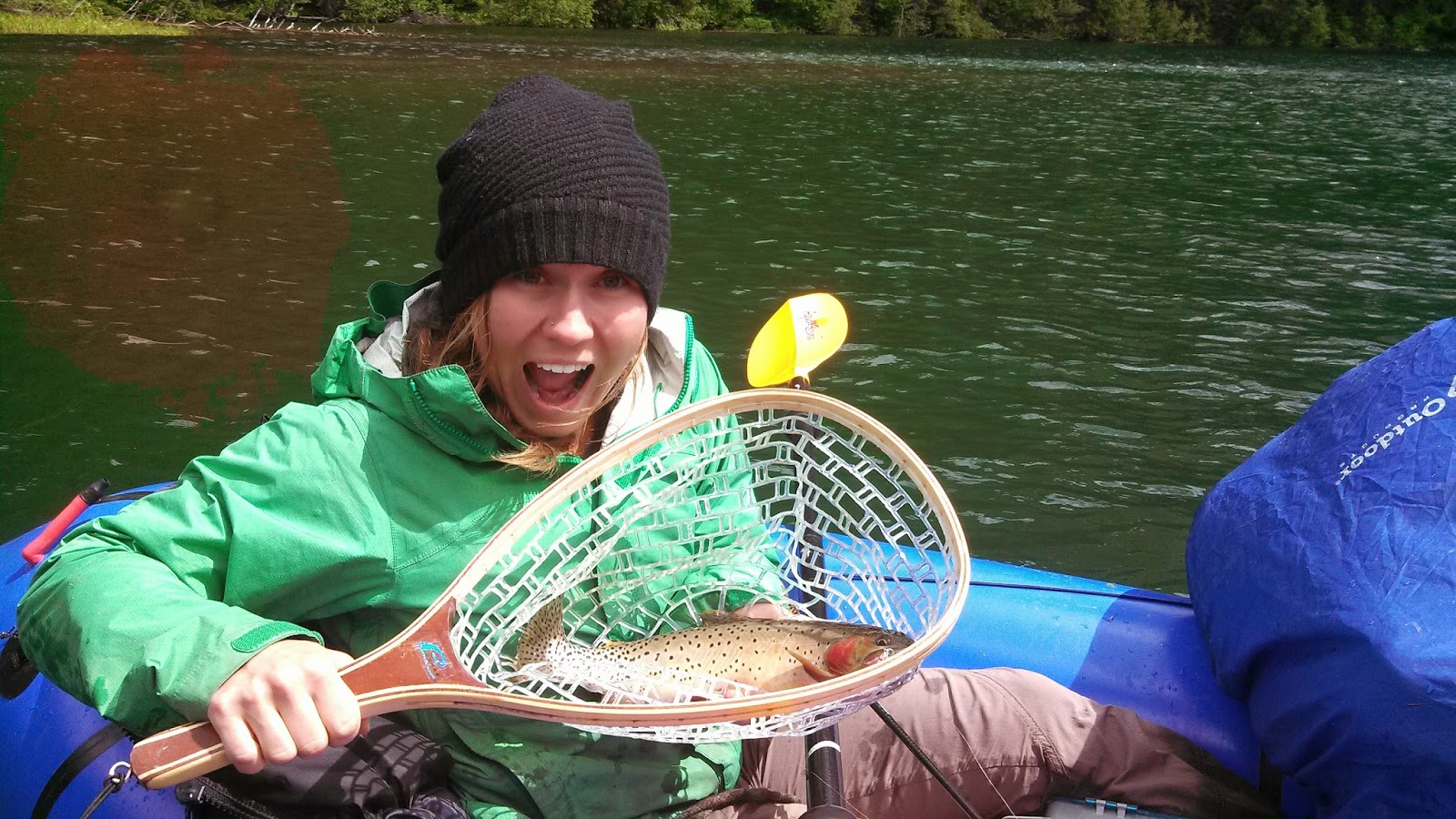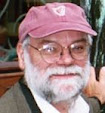Just Thoughts: Immigration
At the end of the mass
held at this year’s Celtic Festival in Painesville, Fr. Tom Johns, pastor of
St. John Vianney parish in Mentor, reminded everyone of the July 12th Cleveland Diocese-sponsored “Walk
for Justice” for Immigrants. He asked us to remember that the Irish ancestors
of the people present were immigrants, and faced great discrimination because
of their nationality and Catholicism. There is still a cultural memory of this
discrimination--it is not so far in the past.
The Catholic Church in
America is a church of immigrants. Catholics were relative late-comers in this
country. Great waves of immigration started in the 1840s during the Irish
Potato Famine and hardly decreased in the decades that followed. Greater Cleveland’s
Catholic population is made up of the descendants of these immigrants: Irish,
German, Italian, Polish, Slovenian, Croatian, Hungarian, Czech, Slovak,
Hispanic, and others. So Catholics in America should never forget the
immigrants, of the past or the present. They are us.
Come to think of it,
almost everyone in America comes from immigrant stock. A few of us can trace
our roots back to early colonists, but most of us have much more recent
American roots. It could be said that Native Americans are the only people who aren't from immigrant stock.
Why do people leave
everything behind and move to a new country? Think about it: if you had a good
home, a safe environment, a good job, would you move across the ocean to a
place where you might not even speak the language? When people emigrate from
their native land, it is often out of desperation. It must be the hardest
decision.
In the new land
immigrants often face daunting obstacles--discrimination, the need to quickly
learn a new language, the need for the basics of life, food, shelter, safety.
The need for honorable work. Sometimes they feel rejected by the new society.
That brings to mind the great line from the gospels: “The stone that the
builders rejected has become the cornerstone.” The Catholic immigrants, our
ancestors, once rejected and discriminated against, are cornerstones of the
strong and prosperous America we have today.
We as Catholic
Christians must stand up for immigrants, find a just resolution to the dilemmas
presented to our society by immigration. If we are successful, the immigrants
will strengthen our society--and Church. We at St. Mary’s in Painesville, Ohio, have a great
opportunity to work with the immigrants in our midst, and to offer our success
as a model for the broader society.






























